 There is a certain nervous tension in the air ‘chez nous’ this weekend. Both Pearl and I are in need of examinations.
There is a certain nervous tension in the air ‘chez nous’ this weekend. Both Pearl and I are in need of examinations.
For new readers I should explain at this point that Pearl is my rather lovely Mercedes 300SL, about which you can read more here. It is widely held that – for chaps of a certain age – owning a convertible is a sure sign of mid-life crisis. If that is the case then mine must be one of the longest on record, given that I have not only owned Pearl for more than 10 years, but she also is my third rag-top. Perhaps my life is a perpetual crisis… On the other hand, if this is indeed mid life, then I should be in for a good long innings!
I digress…
I am in need of a medical examination as part of the application process for my Canadian permanent residency. More on this – quite probably much more – in my on-going series of posts explaining the whole process in gruesome detail. Let us – for now – focus instead on Pearl.
It is that time of year at which Pearl’s MOT test falls due. I feel sure that vehicles in Canada are subject to a similar testing regimen – indeed I have no doubt that such is the case the world over. In the UK the test was instigated in 1960 by the Ministry of Transport – hence the origin of the name. We no longer have a Ministry of Transport, but the name survives in acronym form as the title of this annual inspection.
When first established the test was applied to vehicles aged ten years and above. By 1967 it had been modified into roughly its current form, applying to all vehicles that have achieved their third anniversary. This reminds me of the witty comment made by Michael Flanders – the vocal half of Flanders and Swann – during their 60s musical comedy review, ‘At the Drop of a Hat’.
“Hello again. We had to look outside during the interval, see if our car’s all right. It’s getting a bit old, it’ll have to be tested soon. You know they started these tests for 10-year-old cars, they brought it down to six, now five, they’ll bring it down to three. There’s even been some talk of having them tested before they leave the factories.”
I grew up on Flanders and Swann, largely as a result of my mother’s affection for them and for their satirical songs. They were an unlikely duo who had been at Westminster School together before the war, but who hadn’t really started working together until they met again once the war was over. In the meantime Michael Flanders – who once had ambitions of becoming an actor – had contracted polio and was confined to a wheelchair. Donald Swann wrote the music and played the piano, and when they discovered that Flanders’ humorous introductions went down as well as the songs they adopted the review format that was to make them famous.
Their humour was gentle, witty and intelligent – all the things I like in comedy. I was immediately impressed by a duo who could base a song on the first and second law of thermodynamics – who wouldn’t be – but the clincher for me was an elegiac lament called ‘The Slow Train’, which – by incorporating the idiosyncratic names of many of the bucolic English villages and hamlets that had their railways stations sundered from them in the early 60s as part of the wide-ranging cutbacks imposed by the pillaging Dr. Beeching (the first Chairman of the British Railways Board) – contrived to say something heartfelt about the loss of a minor but important part of our heritage.
“The Sleepers sleep at Audlem and Ambergate.
No passenger waits on Chittening platform or Cheslyn Hay.
No one departs, no one arrives
From Selby to Goole, from St Erth to St Ives.
They’ve all passed out of our lives
On the Slow Train, on the Slow Train.”
I digress – again!
Pearl is now some 26 years old and getting through the MOT test is no longer the formality that it once was. To be fair, she does live in a dry garage – under a cover – for much of the year, and does a relatively low mileage mostly in dry, sunny conditions – but I reckon she has earned that. Anyway – when it came to it she sailed through with flying colours.
Let’s just hope my medical goes as well.



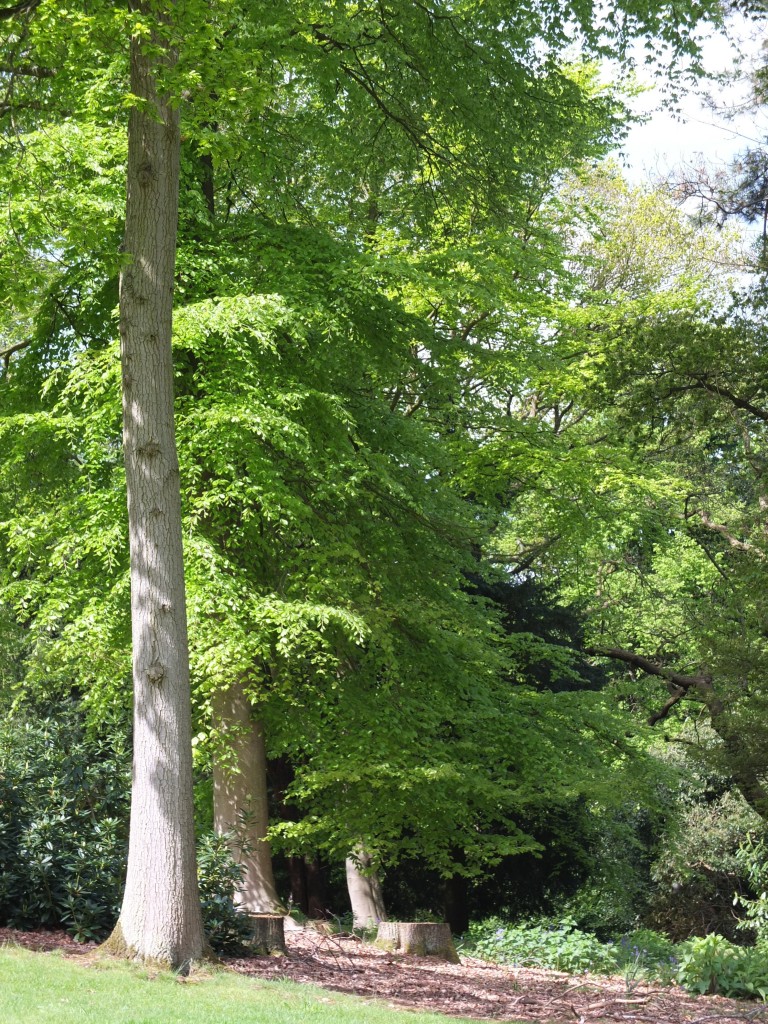
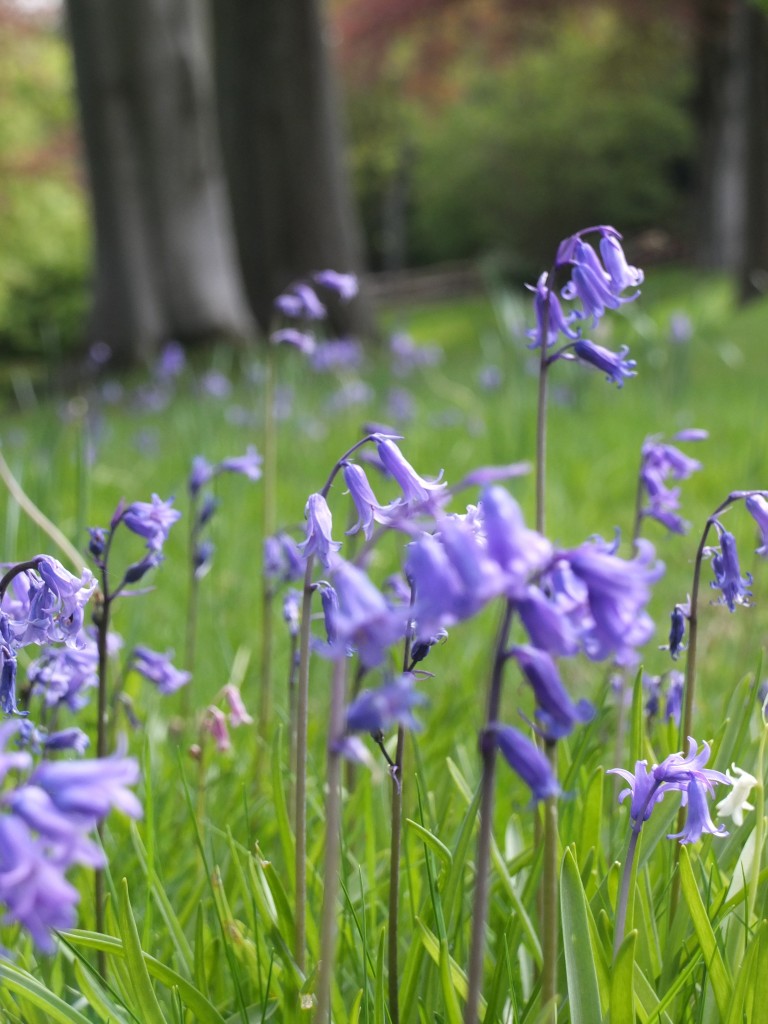

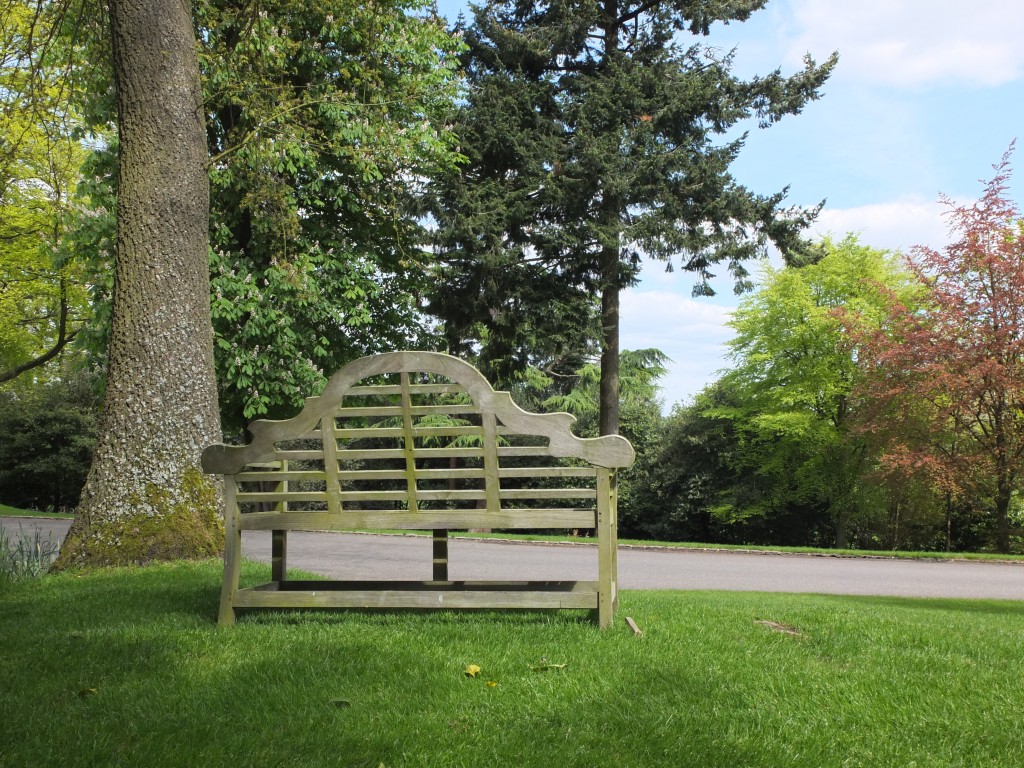

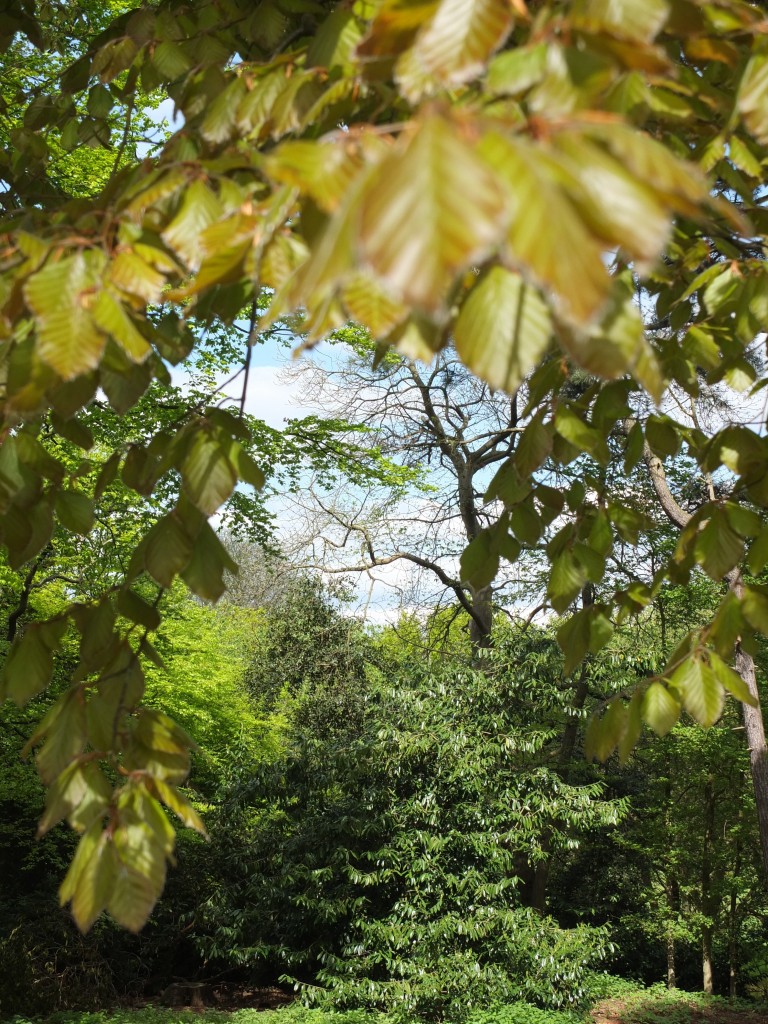
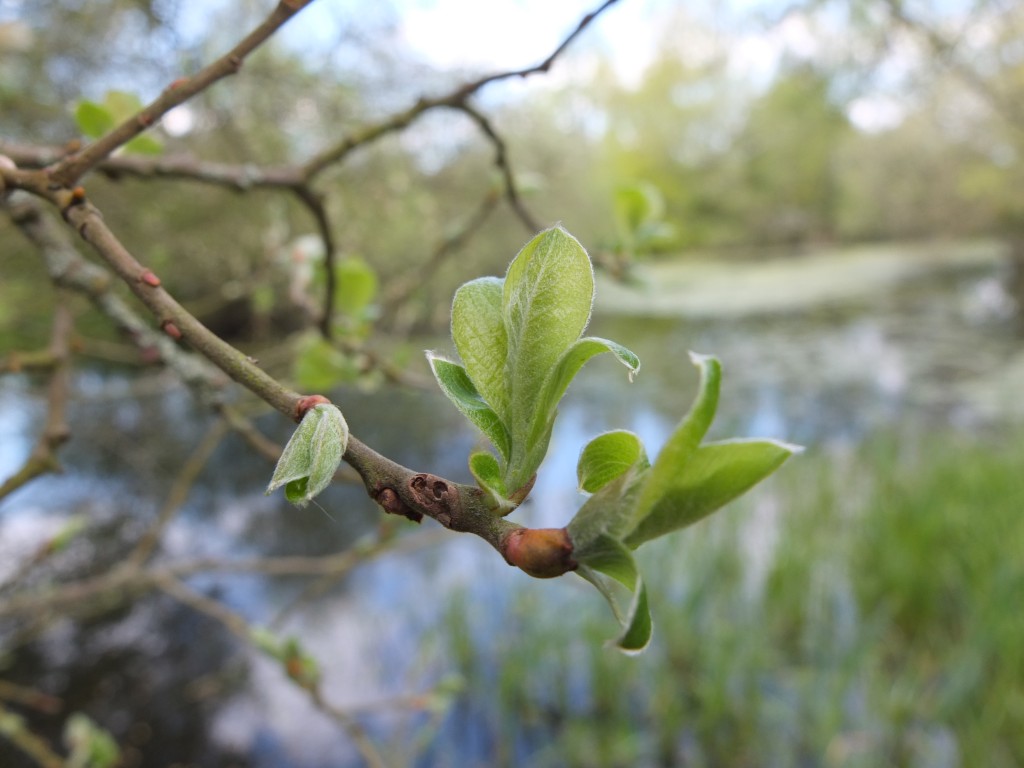




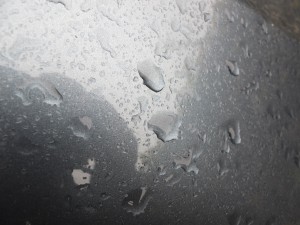




Recent Comments